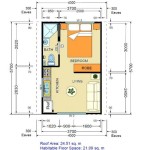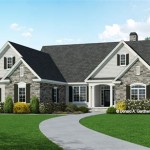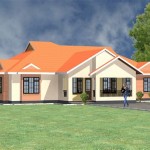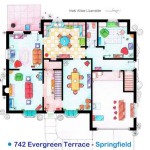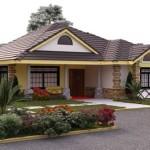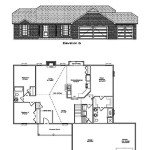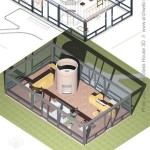Essential Aspects of Rural House Plans in Zimbabwe
Planning and designing a rural house in Zimbabwe requires careful consideration of various factors to ensure a comfortable, functional, and sustainable living space. Here are some essential aspects to keep in mind:
1. Site Selection:
Choose a site with favorable topography, soil conditions, and access to essential services like water, electricity, and transportation. Consider factors such as drainage, sunlight exposure, and potential natural hazards.
2. Building Materials:
Select locally available and sustainable building materials that suit the climate and architectural style. Common choices include brick, stone, thatch, and timber. Consider the durability, cost-effectiveness, and thermal performance of the materials.
3. Floor Plan:
Design a floor plan that meets the specific needs and lifestyle of the occupants. Consider the number of rooms, their size, and the flow of traffic between spaces. Ensure proper ventilation, natural lighting, and access to outdoor areas.
4. Water Supply and Sanitation:
In rural areas, access to clean water and adequate sanitation is crucial. Include a well or borehole in the design, along with a rainwater harvesting system to supplement water supply. Install proper sanitation facilities, such as a septic tank or pit latrine, to ensure hygiene and prevent water contamination.
5. Energy Efficiency:
Design the house to maximize natural ventilation and daylighting to reduce energy consumption. Consider installing energy-efficient appliances, lighting, and insulation to minimize the need for artificial heating and cooling.
6. Sustainability:
Incorporate sustainable practices into the design to minimize the house's environmental impact. Use renewable energy sources, such as solar panels or biogas, to reduce reliance on fossil fuels. Design for water conservation by using low-flow fixtures and rainwater harvesting.
7. Cultural Context:
Respect the local cultural context and architectural styles when designing the house. Incorporate traditional elements and materials that reflect the community's heritage and values. This enhances the sense of belonging and promotes cultural preservation.
8. Community Considerations:
Consider the needs of the surrounding community when planning the house. Design communal spaces, such as a courtyard or veranda, to foster social interaction and community gatherings. Ensure that the house is compatible with neighboring properties and does not disrupt the visual or environmental harmony of the area.
9. Future Expansion:
Plan for potential future expansion or modifications to the house to accommodate changing family needs or circumstances. Design a flexible floor plan that can be easily adapted or extended as required.
Conclusion:
Creating a well-designed rural house in Zimbabwe involves balancing functional, cultural, environmental, and societal considerations. By carefully planning and incorporating these essential aspects, you can create a comfortable, sustainable, and culturally sensitive home that meets the specific needs of rural Zimbabweans and enhances their quality of life.

Rural House Plans Zimbabwe

Rural House Plans Zimbabwe

Best Rural Homes In Zimbabwe That Will Amaze You

Zimbabwe Rebuilds Rural Homes To Withstand Climate Changes

Amazing Rural Homes In Zimbabwe You Need To See

3 Bedroom Cottage House Plan Roof Palmer Construction Zimbabwe

Rh01 Zimbabwe Building Materials Suppliers

Beautiful Rural Homes In Zimbabwe You Must See

Zimruralbuildingiidea Zimrural S With High Adekunle Gold Davido Tiktok

4 Bedroom House Plan Medium Density Palmer Construction Zimbabwe

